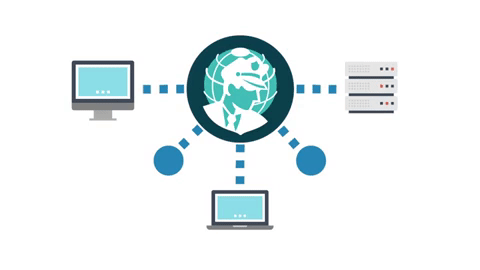The mobile device management (MDM) market is gaining a lot of traction among IT admins. Similar to Intune® vs AirWatch®, the heavyweight MDM battle of Intune vs MobileIron® is one to watch. For IT admins looking to control mobile devices, understanding the MDM and MAM (mobile application management) landscape can be critical, and Intune and MobileIron are two of the scene’s big players.
Evaluating MDMs

When considering MDM solutions, there are a number of core issues to think through before investigating solutions. Will the organization own the mobile devices or will end users? What level of corporate information access are you comfortable with on a mobile device? In the event that a device is lost or stolen, what responsibility for security does the end user have and what is the organization’s responsibility? How is privacy viewed for mobile device information and usage? These questions and more are critical when considering MDM solutions.
Once you have a good sense of your needs, there are a wide range of MDM solutions available on the market that can be used. An additional consideration is to evaluate how your MDM choice will interact with your existing IT environment. Certain MDMs are better apt for Windows® fleets; others are the choice with Mac® devices (such as Apple Business Manager). Let’s explore how Intune and MobileIron stack up against each other in these regards.
Intune vs. MobileIron
Intune, of course, is tightly aligned with Azure® and the Microsoft® ecosystem. Microsoft pushed Intune hard with Azure Active Directory® to control access to Azure resources through the conditional access feature. MobileIron, on the other hand, is focused on security of mobile devices. Like many Intune alternatives, MobileIron is platform-neutral, so it can be used in more heterogeneous system environments. With a tremendous number of features around mobile data and app control, MobileIron is likely the better choice in organizations where Azure isn’t as critical, and neither are Windows-centric features.
The Full Device Management Picture

While MDM is a critical component of IT security, the bigger category of system management is as critical, if not moreso. Generally, macOS®, Windows, and Linux® systems are where the bulk of the work for an organization gets done. As such, these endpoints are the conduit to critical servers (e.g. AWS®), applications (e.g. GitHub, Salesforce®), files (Samba file servers, NAS appliances), and networks. Generally, neither Intune nor MobileIron are considered for identity management and core system management.
Historically, this system management role has been fulfilled by the legacy identity provider, Microsoft Active Directory® (AD). IT admins have relied on AD to be their Windows user management solution and, through group policy objects (GPOs), their system management tool. The challenge with using AD in the cloud era has been cross-platform and cloud support. As an on-prem, Windows-based identity management tool, AD relies on external add-ons to bridge gaps it cannot by itself. Even with MDMs, the fractured state of modern identity management calls for centralized identity management from the cloud.
Identity Management from the Cloud

The good news is that a next generation cloud identity management platform is helping IT admins centralize control over users and systems. This platform integrates SAML, LDAP, and RADIUS into a unified True Single Sign-On™ experience that starts at the system and propagates outward to apps, servers, networks, and more. With cross-platform GPO-like capabilities, this solution has reimagined Active Directory for the modern era.
This cloud identity management platform is called JumpCloud® Directory-as-a-Service®. One of the best parts of the cloud directory service is that it can be easily integrated with either Intune or MobileIron to incorporate mobile devices into your organization. Whether your IT environment is Windows-centric or focused on improving security, you can bolster your identity management stance with JumpCloud.
Learn More
Regardless of the outcome of Intune vs. MobileIron, JumpCloud Directory-as-a-Service is a boon to any IT organization. You can explore the Directory-as-a-Service product yourself, absolutely free. Simply sign up for JumpCloud and exercise your ten free users, available forever, in the platform. You can also view Directory-as-a-Service in the hands of an expert with one of our demos. Contact us for more information.




